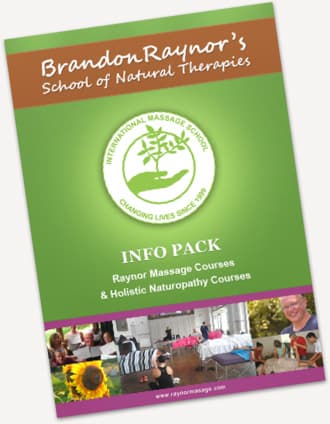Calendula
Common names: Pot Marigold, Herb of the Sun, Souci, Holligold
Family: Asteraceae
While calendulas are native to the Mediterranean and Iran, these bright and cheerful flowers have become a common garden plant throughout the world. The botanical name comes from the Latin word calendulae, meaning “through the months”. During Elizabethan times, the herb was so highly valued that it was made an official herb, officinalis. Calendula should not be confused with plants that belong to the Tagetes genus as they do not have the same therapeutic effects.
The ancient Egyptians prized calendula as a rejuvenating herb, while the Greeks incorporated the petals into their foods for flavor. During the medieval times they were considered an emblem of love and taken to strengthen the heart; young maidens would use the calendula flowers in a spell to discover which gent they would marry. In India, garlands of calendula are made to offer to the gods and goddesses.
Calendula leaves were used by doctors during the American Civil War to treat the open wounds of injured soldiers on the battlefield. Today, it is widely used in teas and homeopathic remedies.
PARTS USED
Petals: Apply externally for a wide array of skin problems and inflammations or take internally for several gynecological, toxic, or feverish conditions. It can also be ingested to move liver energies.
Infusion: Use 1 teaspoon of dried flower petals or 4 teaspoons of fresh petals to 1 cup of boiling water and steep for 10 minutes; drink 1-3 times a day. For period pain, menopause symptoms, gastritis, and inflammation of the esophagus. A tea can be used to reduce fevers, relieve inflamed lymph nodes, herpes, hepatitis, colitis, diarrhea, vomiting, candida, thrush, water retention, convulsions, leaky gut syndrome, duodenal ulcers, and blood in the urine.
Tincture: For stagnant liver, sluggish digestion, and menstrual disorders, especially irregular or painful periods.
Compress: Used for slow healing wounds or varicose ulcers.
Mouthwash: Infusion used for mouth ulcers and gum disease.
Cream: For inflammation, dry skin; dry eczema, sore nipples, scalds and sunburn.
Infused Oil: Use on hemorrhoids, chilblains and broken capillaries.
Essential Oil: Add 5-10 drops to a bath for nervousness or depression. Or use vaginal suppositories contain 2-5 drops each of calendula and tea tree oils for vaginal yeast infections, 1-2 times a day.
Culinary: Prior to eating the petals, individually separate each petal and remove the white heel on each one. The white part can be quite bitter in taste. Once that is done, the petals can be added to salads and sandwiches. The pink petals can also be used to add flavour to jams, sugars, syrups and fruit pies or crystallized to decorate desserts.
Additional Uses: Petals can be dried and added to potpourri, scented sachets and cosmetic products.
Character: Slightly bitter, pungent, gently cooling, drying
Constituents: Bitter principle, flavonoids, saponins, resin, mucilage, sterols, carotenoids,
volatile oil
Actions: Astringent, antiseptic, antifungal, anti-inflammatory, antispasmodic,
asperient, chologogue, diaphoretic, vulnerary, stimulant, emmenagogue,
tonic, febrifuge
Vitamins: A, B, C
